Before delving into your plans or reorganising a space, it is important to understand the purpose of it. Different room functions require different layouts and ways of organising them.
Typically serves as a gathering space, requiring a layout that encourages conversation and comfort.
Organized to promote relaxation and restful sleep, with considerations for storage and accessibility.
Requires a layout that makes it easy to prepare meals, store food and keep clean as well as, in many cases, a space for eating and working in.
Need to think about productivity, including adequate storage and a conducive work environment.
For lighting and home accessory ideas for different rooms in your home, shop our Inspiration pages -
Creating a floor plan a wonderful way to help us visualize how to use the space and arrange our furniture,
artwork and
soft furnishings within it. It doesn’t have to be anything technical, just a sketch of the shape of the room with marks for the placement of doors,
windows and architectural features like alcoves or
fireplaces.
If you have an awkward corner or limited space along one wall, it’s a good idea to measure it so you can see what might, or might not, fit into it.
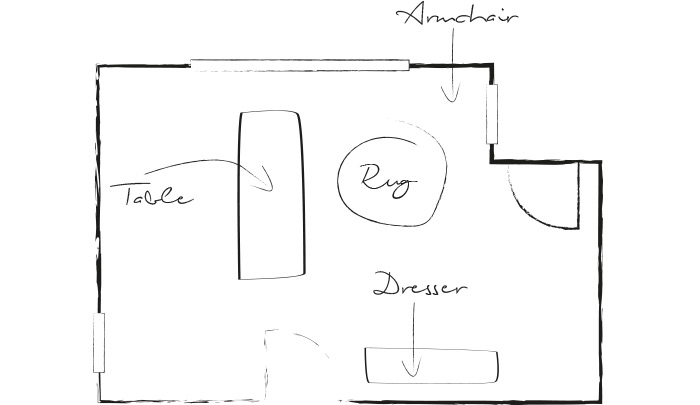
4. ESTABLISH ZONES
Zoning is a technique that divides a room into specific areas for different functions. If you are lucky enough to live in an open plan environment or have a room large enough room to divide up the space, zoning is a great way to ensure you are using the space effectively so that you have separate areas for different functions.
In a
living room, for example, you might create separate zones for lounging, eating, reading and entertaining. In a
kitchen you might want zones for cooking, prep work and eating.
Using console
tables & sofas is an excellent way to divide space in a room as they can be used as barriers to determine how people move around the space. A sofa facing the TV or a second sofa creates a space for relaxing and conversation, while a comfortable armchair in a corner denotes a
spot for reading or listening to music. Likewise, rugs are a great way to demarcate different zones within a room.
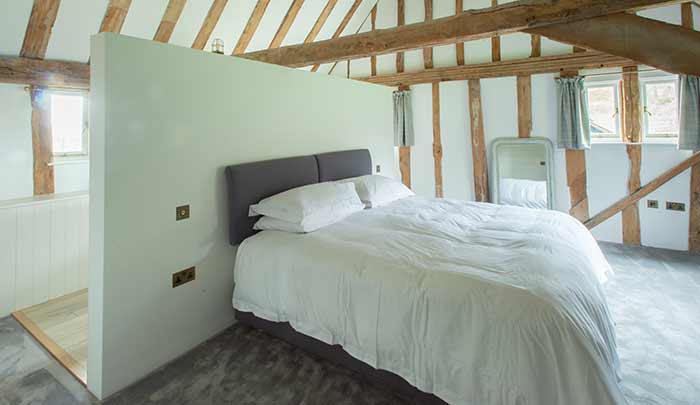
5.ORGANISE YOUR FURNITURE
Identify a focal point in the room such as a fireplace or TV and arrange your furniture around it. Start off with larger pieces of furniture like sofas, armchairs, sideboards/chests/bookcases, then move to rugs, floor and table lamps, and side tables. Make sure you keep pathways clear and there is enough space to move comfortably around the room.
Some points to consider:
Furniture arranged symmetrically creates a formal look that encourages conversation & entertainment, while a non-symmetrical layout adds interest and dynamism and often works well for creating a sense of informality in rooms where you like to relax and watch TV.
Make sure sofas don't overlap – you don’t want to be straining your neck or looking over your shoulder at the TV or the person you are talking to.
If you don’t have a study, you can
create a workspace in any room in your home. If they are organised properly, they can slot into a corner, be part of your shelving or library layout or even in a hallway or landing.
Consider expandable, folding or nest side tables that can be extended for accommodating more guests or used for a small office and stored away when not in use.
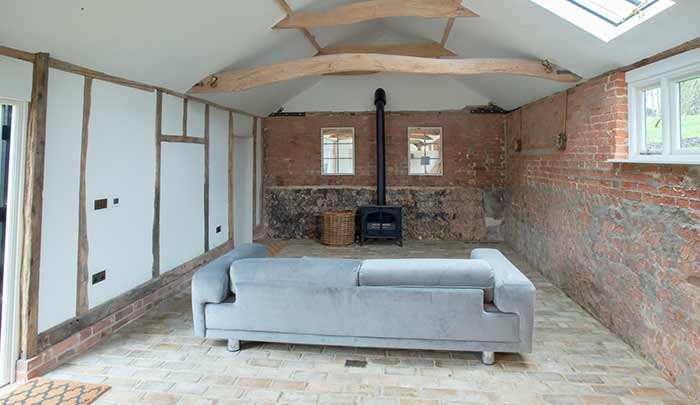
6. USE LIGHTING
One of the most important elements interior designers use to define a space is lighting. Used correctly, it will help denote different areas in your home and create the right ambience for those activities you want to take place in it.
There are three main types of lighting and most spaces will require all three to some degree:
Ambient lighting is for general purpose light, generally referring to ceiling lights such as hanging
pendant lights or recessed and
flush mounted lights.
Task lighting is generally brighter and used to help you with specific jobs such as reading, cooking and working.
Spot lights,
adjustable wall lights and
floor lamps are a good example of this.
Accent lighting creates mood and atmosphere in a room or is used to highlight particular features.
Wall lights,
picture lights and
table lamps are the best fitting for creating layers of accent light in a room.
Ceiling lights – pendants or flush fitting – are ideal for ambience. Go large, or in clusters for statement lighting to create a focal point over a
dining table, seating area or in a
hallway, and mix with wall lights, table lamps and floor lamps for additional layers of accent light to achieve a sense of
cosiness and warmth.
You can also add
directional lights, table lamps and
plug-in wall lights to bedside tables, above a desk or workspace or next to your favourite reading chair for much needed additional light. In kitchens opt for pendants over a
kitchen island, peninsula unit or breakfast bar, and use spot lights,
track and bar lights or adjustable wall lights for those all-important tasking areas.
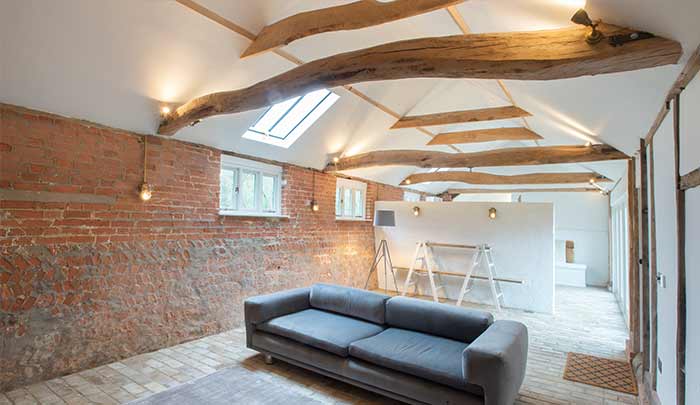
7. BRING DEAD SPACES TO LIFE
Most homes will have at least one ‘dead’ space, typically under the stairs,
alongside a staircase, or on a landing. Don’t ignore them. With a little imagination, these spaces can be transformed into a dedicated area for reading, studying or relaxing, or simply a focal point to give an air of spaciousness. Depending on what the space allows for, you can add a chair, bench, some
comfy cushions, favourite pieces of art or some handy shelving or storage units and create an eye-catching area.
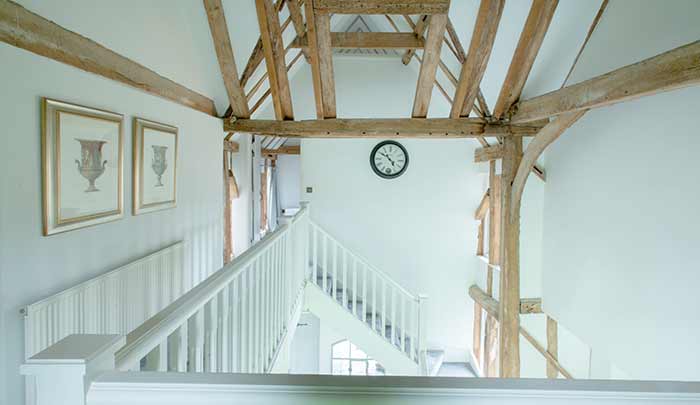
8. MAXIMISE VERTICAL SPACE
If your room is on the small side, use walls for storage to free up floor space. Wall-mounted
shelves and bookcases are great for keeping clutter at bay while
hooks and racks are a great way to keep bags, coats and kitchen utensils accessible and off surfaces.
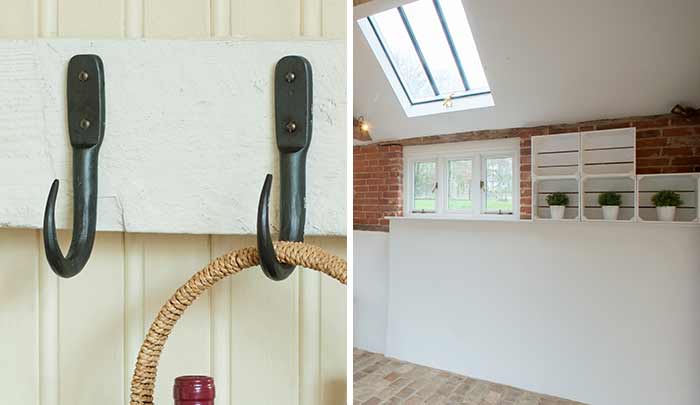
9. INCORPORATE SMART STORAGE
To keep your space organised and clutter free, it’s a good idea to think about those items you want to display and those you don’t. Keep surfaces free for lamps, decorative items and drinks and use built in storage under sofas, beds, built-in cabinets, sideboards, drawers and bench seating to keep those everyday essentials handy but hidden.
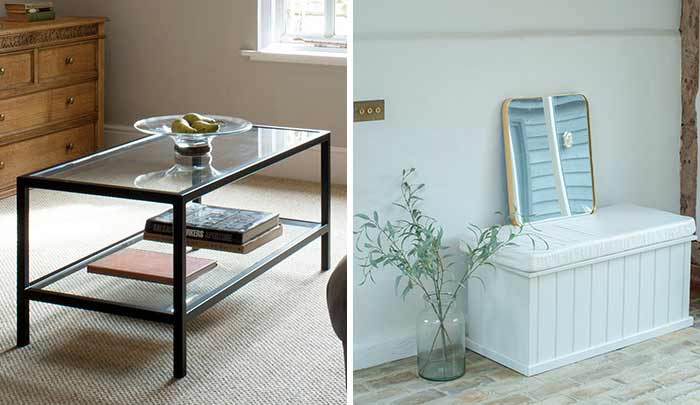
10. THE MARVEL OF MIRRORS
There is no simpler way of making a
smaller space look bigger than with a
carefully positioned mirror. As well as being a beautiful think in itself, positioned opposite a window, it will open up a room, reflecting light and adding depth. Use a smaller mirror to open up a tight space or a grand statement piece over a mantlepiece or sideboard to make a room seem larger.
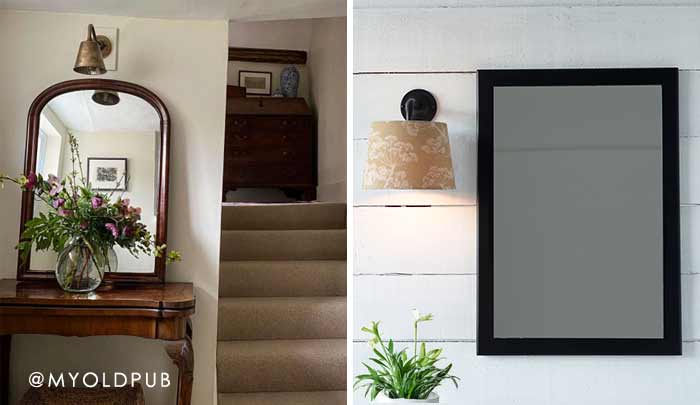
To stay up to date with Jim Lawrence, follow us on Instagram, Facebook and Pinterest. Browse our website
www.jim-lawrence.co.uk to see all of our hand forged and finished lighting and homeware.